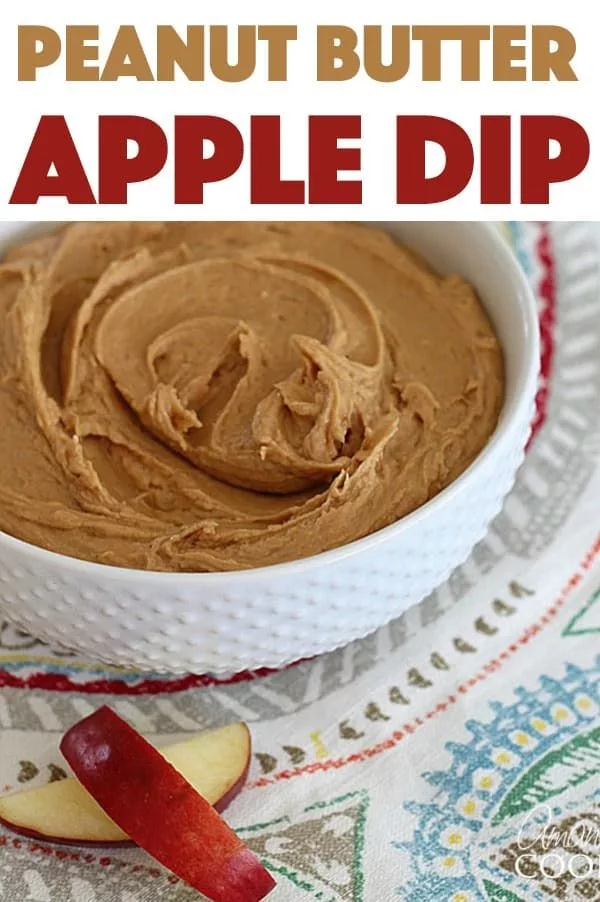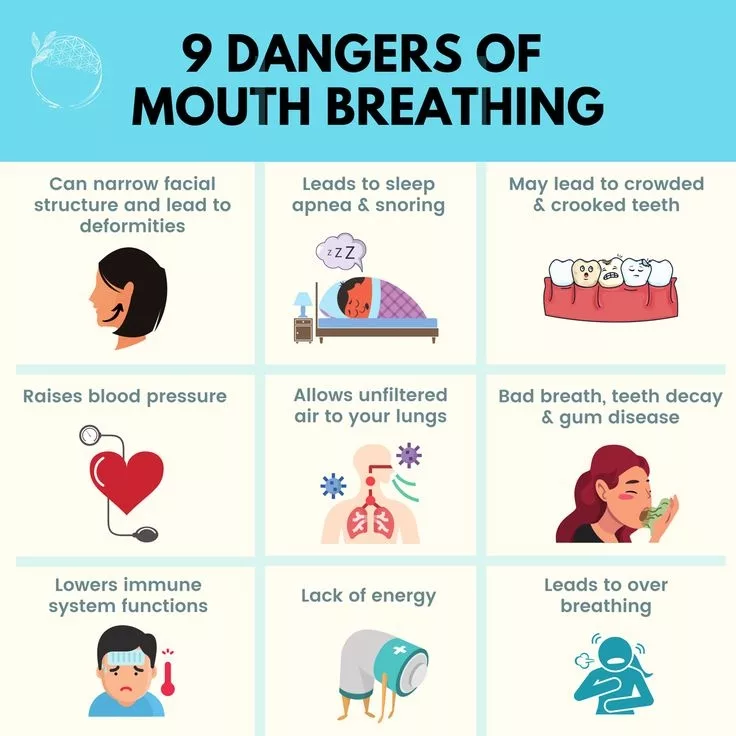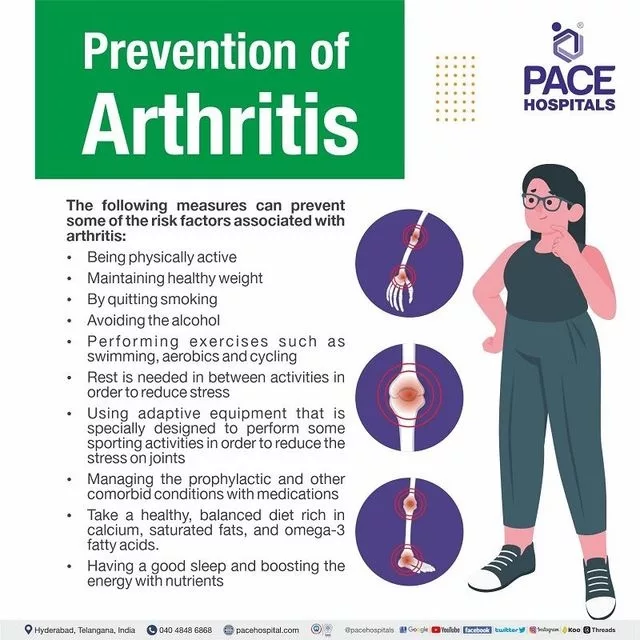The Management Guide for Gout Patients: Painful Even with a Breeze
Hello. I am here to provide information on the management of gout for patients. As the cold winds start blowing these days, the pain caused by gout tends to worsen, so please take note. I will introduce useful tips for gout patients to avoid pain even when the cold wind brushes against them.
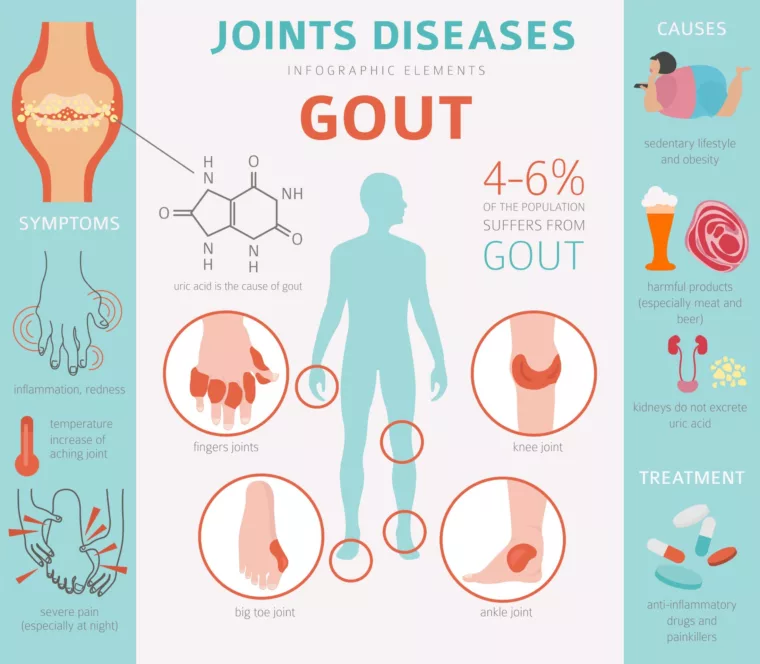
What is Gout? A Basic Understanding
Gout is a chronic joint disease that primarily affects the ankles, toes, wrists, and knees. This condition occurs due to the accumulation of uric acid, leading to pain and inflammation. Gout can affect one or more joints at a time and usually manifests with sudden pain attacks. This pain is very severe and can cause swelling and inflammation in the affected joints, disrupting daily life.
Causes and Mechanisms of Gout
The main cause of gout is the accumulation of uric acid. Uric acid is a substance naturally produced in the body during the metabolism of nucleic acids. Typically, uric acid dissolves in the blood and is excreted through the bladder. However, some people cannot process uric acid properly or produce too much of it, leading to its accumulation in the body. This accumulation eventually forms crystals, causing inflammation around the joints and triggering gout attacks.
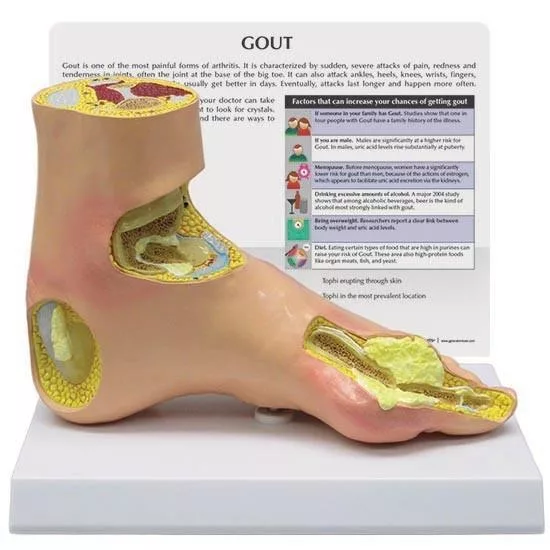
Common Symptoms Experienced by Gout Patients
Gout patients may experience various symptoms. The most common symptom is sudden and severe pain, primarily in the ankles, toes, wrists, and knees. This pain is generally most intense at night or in the morning, and patients may be unable to sleep due to the severe pain. Additionally, during a gout attack, swelling and red inflammation may appear around the joints. These symptoms can be severe enough to interfere with daily life and lower the patient’s quality of life.
Essential Procedures and Tests for Diagnosing Gout
To diagnose gout, the assistance of a medical professional is necessary. The doctor will evaluate the patient’s symptoms and investigate their medical and family history. A physical examination may also be conducted to check for inflammation around the joints. Additionally, a blood test may be performed to measure the uric acid levels in the blood to confirm gout.
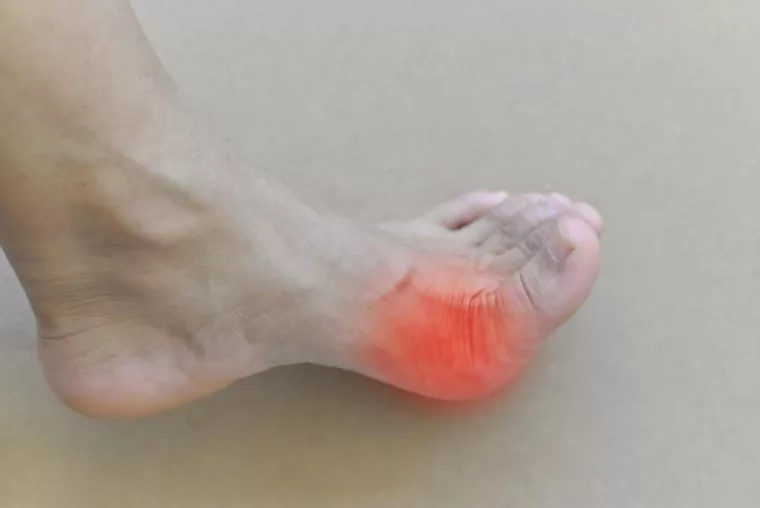
Diet Management and Recommended Foods for Gout Patients
Gout patients can alleviate symptoms through diet management.
Firstly, foods that produce uric acid should be limited. These foods include sweet potatoes, seafood, lean meat, and organ meats. Secondly, weight management is important. Obesity can increase the risk of gout attacks, so maintaining a proper weight is crucial. Lastly, sufficient water intake and limiting alcohol consumption are necessary. Water helps with the excretion of uric acid, while alcohol can increase the production of uric acid.
Exercise and Activity Guidelines Beneficial for Gout
Gout patients can maintain their health through appropriate exercise and activities. However, excessive exercise can worsen gout attacks. Therefore, it is advisable to choose moderate-intensity exercises. For example, low-impact exercises such as walking, swimming, and yoga are good choices as they maintain muscle strength while minimizing stress on the joints. Additionally, incorporating adequate rest and stretching to protect the joints is important.
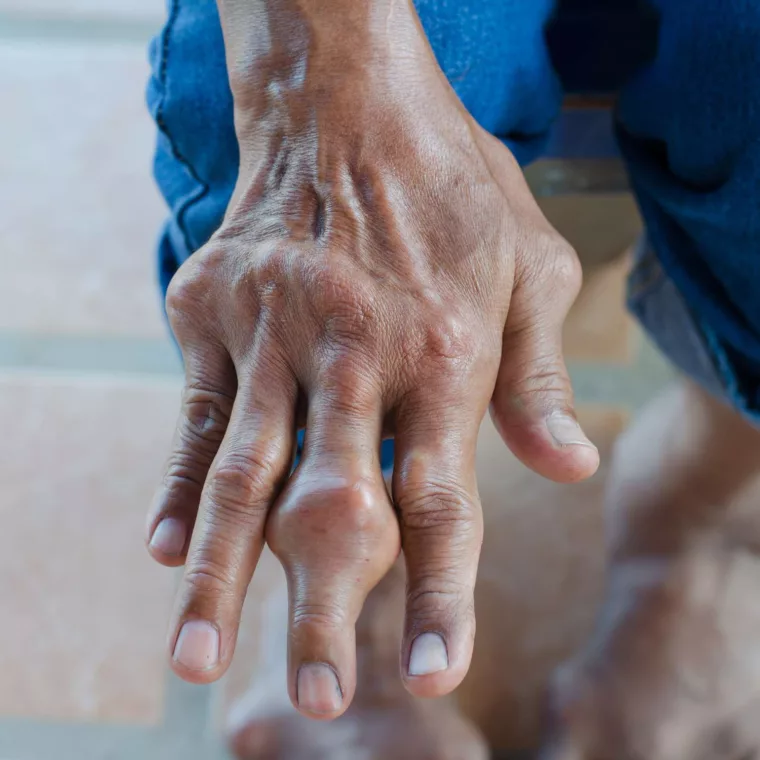
Tips for Managing Gout in Daily Life
Following a few tips in daily life can help manage gout more effectively.
Firstly, getting enough rest is crucial. Fatigue can increase the risk of gout attacks, so proper rest and sleep are essential. Secondly, keeping the joints warm is important. In cold or humid environments, joint pain can become more severe, so dressing warmly and staying indoors is advisable. Lastly, managing stress is also important. Stress can exacerbate gout attacks, so finding and practicing methods for mental and physical relaxation is beneficial.
Understanding Medications and Side Effects for Gout Patients
Gout patients can alleviate symptoms through medication. Common medications include non-steroidal anti-inflammatory drugs (NSAIDs) and allopurinol, which suppress the production of uric acid, reducing pain and inflammation. However, these medications can cause side effects, so they should be used under a doctor’s guidance. Major side effects include gastrointestinal issues, nausea, and blood disorders. Therefore, patients undergoing medication treatment should consult with their doctor and undergo regular monitoring.
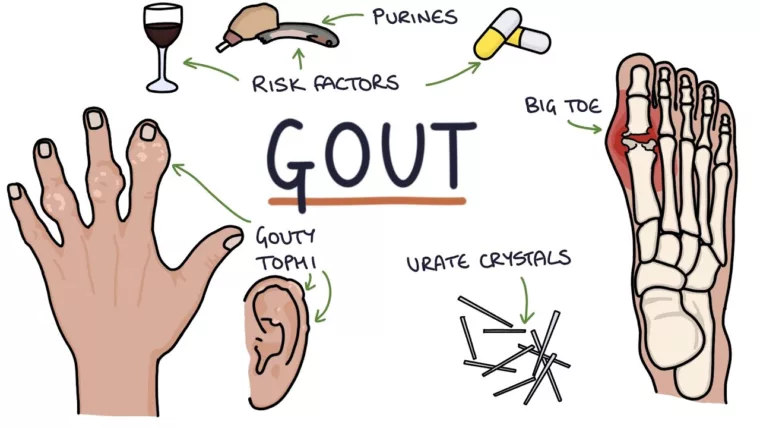
Complications of Gout and Long-term Management Strategies
If gout is not properly managed, it can lead to other complications. The most common complication is kidney stones. The uric acid crystals accumulated due to gout can form stones in the urinary tract. Additionally, gout can increase the risk of kidney damage. Therefore, gout patients need long-term management strategies. This includes regular medical check-ups, adjustments in diet and lifestyle, and consistent medication adherence.
Comprehensive Guide for Gout Management and Prevention
Gout patients can alleviate symptoms and prevent complications through comprehensive management and prevention. This requires cooperation with medical professionals and includes dietary adjustments, appropriate exercise and activities, stress management, sufficient rest, and continuous medication adherence. Additionally, regular medical check-ups are essential to detect potential complications early. Gout is a chronic condition requiring long-term management, but appropriate management and prevention can improve the patient’s quality of life.
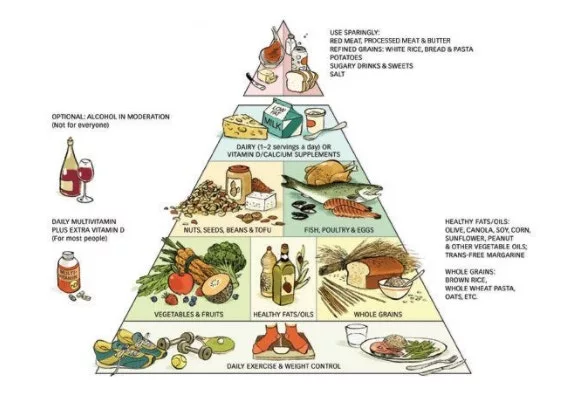
This concludes the information post on ‘The Management Guide for Gout Patients: Painful Even with a Breeze.’ Gout patients should refer to the information mentioned above to choose appropriate management methods and establish a personalized plan through consultation with experts.


